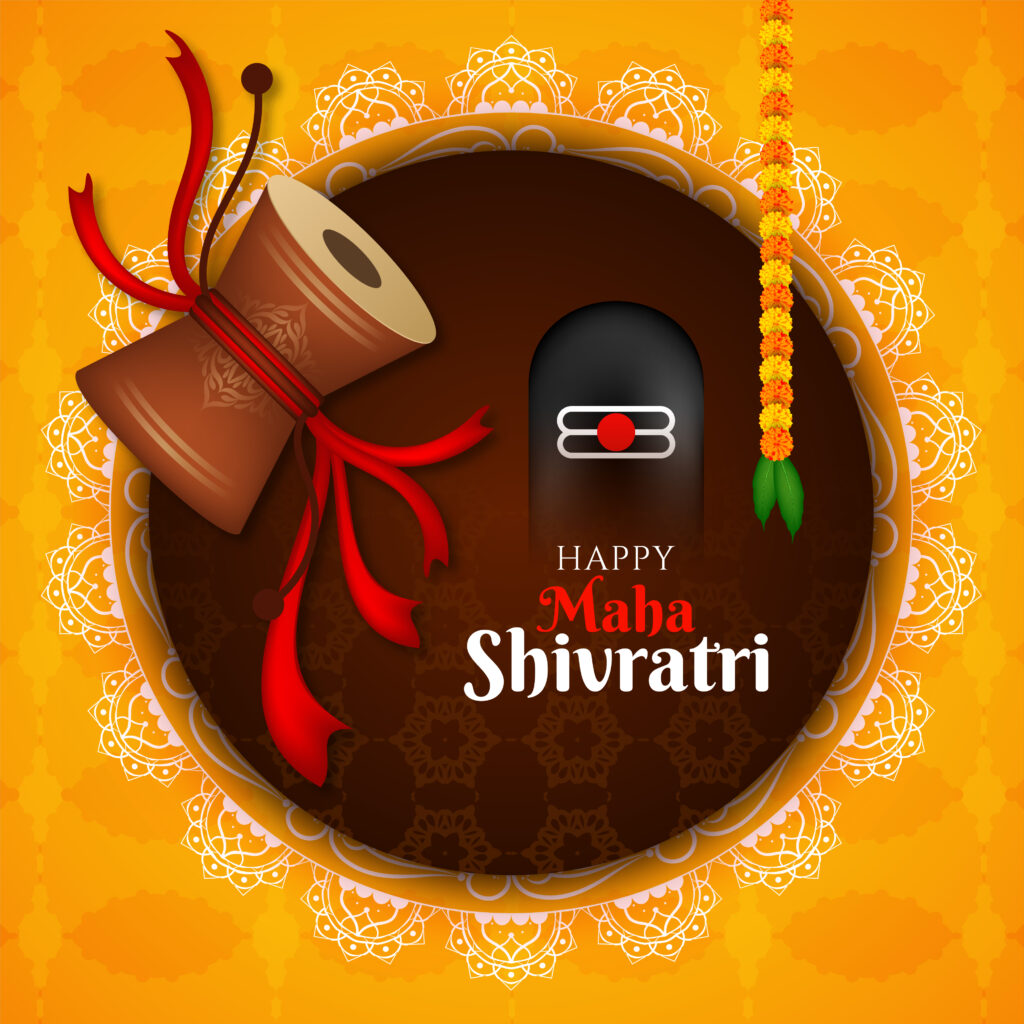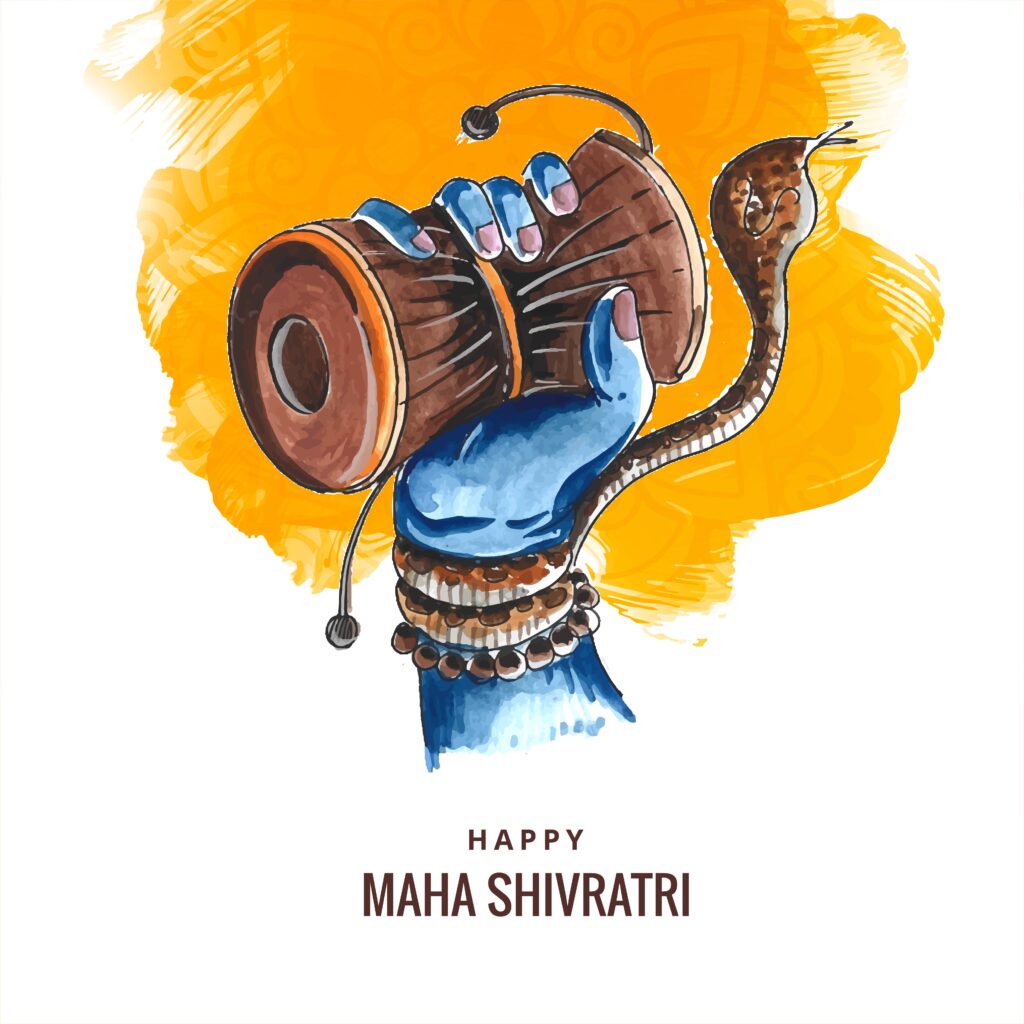Mahashivaratri in Odisha also known as “The Great Night of Shiva,” is a highly revered festival celebrated with deep devotion and enthusiasm in the state of Odisha, India. It is dedicated to Lord Shiva, the supreme deity of destruction, transformation, and enlightenment. Mahashivaratri holds immense spiritual significance and is observed by devotees seeking blessings, inner peace, and spiritual awakening.

Mahashivaratri falls on the 13th or 14th night of the Hindu month of Phalguna (February-March). The festival is marked by fasting, prayers, rituals, and various forms of worship offered to Lord Shiva. Devotees believe that observing this sacred night with devotion and austerity will help them attain liberation from the cycle of birth and death.
In Odisha, Mahashivaratri is celebrated with great fervor in temples dedicated to Lord Shiva, the most prominent being the Lingaraj Temple in Bhubaneswar. Thousands of devotees gather at these temples, dressed in traditional attire, to pay homage to Lord Shiva. They offer flowers, fruits, milk, honey, and leaves of the bilva tree to the lingam (symbolic representation) of Lord Shiva, while chanting mantras and hymns in praise of the deity.
A notable feature of Mahashivaratri in Odisha is the practice of staying awake all night, engaging in meditation, singing devotional songs, and reciting prayers dedicated to Lord Shiva. Devotees visit temples throughout the night, participating in special ceremonies and witnessing vibrant cultural performances that portray the divine glory of Lord Shiva.
Another significant aspect of Mahashivaratri is the presence of “Shivlingams” made using cow dung. These Shivlingams are decorated with flowers and worshipped as a symbolic representation of Lord Shiva. Devotees believe that offering prayers to the cow dung Shivlingam brings purification, good fortune, and spiritual blessings.
You can read our another post onRama Nabami in Odisha: Celebrating the Birth of Lord Rama with Devotion and Joy

Mahashivaratri is also associated with the legend of Lord Shiva’s marriage to Goddess Parvati. Devotees reenact this divine union through various rituals and performances that depict the celestial wedding. Cultural programs featuring traditional dances like Odissi, Gotipua, and Chhau are organized, adding grandeur and beauty to the celebrations.
Fasting is a vital aspect of Mahashivaratri, wherein devotees abstain from consuming food and water for the entire duration of the festival. This act of self-discipline and sacrifice is believed to purify the body and mind, allowing devotees to establish a deeper connection with Lord Shiva. Some devotees observe a strict fast without consuming even a drop of water, while others may consume fruits, milk, or specific fasting foods.
The significance of Mahashivaratri extends beyond religious boundaries. It is a time when people from diverse backgrounds come together to celebrate unity, spirituality, and the universal power of Lord Shiva. The festival promotes goodwill, tolerance, and a sense of shared humanity as devotees seek blessings and grace from Lord Shiva, transcending barriers of caste, creed, and social divisions.
In conclusion, Mahashivaratri in Odisha is a deeply revered festival that celebrates Lord Shiva and spiritual awakening. It encompasses fasting, prayers, rituals, cultural performances, and the embrace of inner peace. The festival provides an opportunity for devotees to connect with the divine, seeking blessings for their spiritual journey and personal well-being. Mahashivaratri fosters a sense of unity, devotion, and profound reverence for Lord Shiva, who is regarded as the embodiment of limitless compassion, wisdom, and liberation.
Write A FAQ For Mahashivaratri in Odisha
What is Mahashivaratri in Odisha?
Mahashivaratri in Odisha is a festival dedicated to Lord Shiva, one of the most worshipped deities in Hinduism. It is celebrated with great enthusiasm and devotion by the people of Odisha.
When is Mahashivaratri celebrated in Odisha?
Mahashivaratri is observed on the 13th night and 14th day of the lunar month of Phalguna, which usually falls in February or March according to the Gregorian calendar. The exact date varies each year.
How is Mahashivaratri celebrated in Odisha?
The festival is celebrated by visiting Shiva temples, offering prayers, and performing various rituals. Devotees observe fasts, chant prayers, and engage in meditation to seek the blessings of Lord Shiva. Special ceremonies and processions are organized, where devotees carry idols of Lord Shiva and participate in traditional dances and music.
What is the significance of Mahashivaratri in Odisha?
Mahashivaratri is believed to be the night when Lord Shiva performed the “Tandava” dance, which symbolizes creation, preservation, and destruction. It is a night of immense spiritual significance to millions of devotees, who believe that praying to Lord Shiva on this day can cleanse them of their sins and grant them spiritual awakening.
Are there any unique traditions or customs associated with Mahashivaratri in Odisha?
Yes, Mahashivaratri in Odisha has some unique customs. One such tradition is the “Lingaraj Rath Yatra” in Bhubaneswar, where the deities of Lord Lingaraj and Goddess Parvati are taken in a grand procession in a chariot. Another unique custom is the “Parayan,” where devotees read and listen to sacred texts like the Shiva Purana throughout the night. Additionally, the Lingaraj Temple in Bhubaneswar witnesses a large number of devotees visiting from all over the country to pay their respects to Lord Shiva on this auspicious day.
